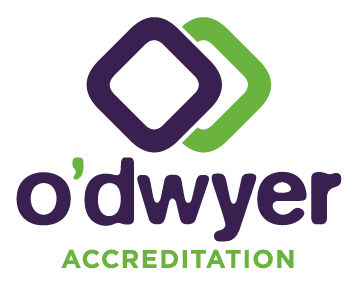As a NATA-accredited lab, you have a firm schedule for your internal audits. But when was the last time you considered HOW you’re performing those audits?
If you’ve never stopped to consider if your internal audits focus on the right elements, you could be wasting precious time on unnecessary checks. Which means you’ll never get the most from your quality systems.
We’re about to change all that.
Read on to discover why some simple internal audit planning can give you time to investigate common issues and stop recurring problems.
What happens when your internal audits don’t have the right focus?
Your quality system has been in place for years now. So it’s no surprise you feel like an expert regarding the things that NATA will find.
But at every assessment, the same issues keep coming up:
- Training performed but not recorded
- Documents overdue for review
- Old versions of forms still in circulation
- QC deviations not commented on
- Non-conformances taking too long to close out
Unless you get more staff (next to impossible!), you know you’ll never get on top of all this “quality stuff”.
At this point, you might be wondering if this is the time to change the focus of your quality management activities from compliance to improvement.
Let’s face it. You can’t whip up extra staff members overnight. But you can improve your systems rather than focusing on fixing all the individual issues.
In other words, focus on what you can change.
There are multiple causes for these problems, and you can’t fix them all. Instead, the aim should be to identify some of the significant causes and fix those.
So, rather than treating them as individual issues, the first step is to aggregate common types of problems.
Collect and share data with staff – simply seeing the trends can drive behaviour change. Try tracking the number of problems in a particular category. Or, if you’ve done a “5 Whys” analysis, you might track something else (e.g. one of the drivers of the problem).
Let’s look at three simple examples to uncover the causes of common problems that continually crop up in Australian labs.
1. Documents are constantly overdue for review
Firstly, ensure you are mindful of the intention of regularly reviewing documents.
It’s important to keep things in perspective and not simply insist on perfection as the minimum standard. The aim is to promote meaningful reviews rather than “box-ticking”.
Use the following questions to refine your document review systems:
- If you have hundreds of documents in document control – why is that?
- Is anybody referring to these documents?
- Do staff understand how to structure documents according to processes?
- Who is responsible for the reviews, and how do they like to do them? (e.g. all at once or spread out over the years)
- Are the reviews delegated to the right people?
- Do those people have good visibility on what documents are due for review?
- Have you set your review period too tight?
- Do all the documents need to be reviewed in the same timeframe?
- Do you even need to specify a review period for all documents?
- Is it easy to complete the reviews and record them?
If you decide there are no fixable issues, you may instead track data, such as the number of documents in document control and how many are “overdue”. Then, present these findings during a management review.
There’s nothing quite like data to motivate people to do something about the problem themselves!
If there are too many documents, you could graph the number of documents over time (look retrospectively, too) and see what you can learn.
Or perhaps a “5 Whys” analysis might be in order?
2. Training is done but has yet to be recorded
Once again, it’s time to investigate if unrecorded completed training is a common finding from NATA reassessments.
Consider the following details and underlying causes:
- How widespread is the problem?
- When do they record training – at the time of the training or periodically when they decide to update training records?
- Are the training records easy to access? And who has them?
- Is it easy to record training?
- Are the records arranged in a way that makes sense for that section?
- Is the training record too detailed or not detailed enough?
3. No record of action in response to out-of-spec temperatures
This is another common irritation in the lab.
Why bother monitoring and recording temperatures if we are okay with situations where temperatures are out of spec?

Data that slips through the cracks of a manual system
What can you do when you have manual systems that will, by nature, ALWAYS have a certain amount of missed data? These errors should be tracked and worked on but not recorded as incidents or audit findings (unless prevalent).
Don’t give up just because it seems a futile endeavour.
Start collecting data.
Make a graph.
In short, do whatever you can to show NATA you’re improving.
All the better when you get that whiz-bang new system to track temperatures or manage documents: you’ll be able to show what difference it makes!
Ready to tackle your internal audit planning?
Remember, the key is to focus on what you can change with the time and resources you have.
But if you’d like some help refining your internal audit processes and how to use them to get better NATA assessment results, we can help.
Take a look at our Best Practice Internal Audit Programs, or simply give us a call today.


